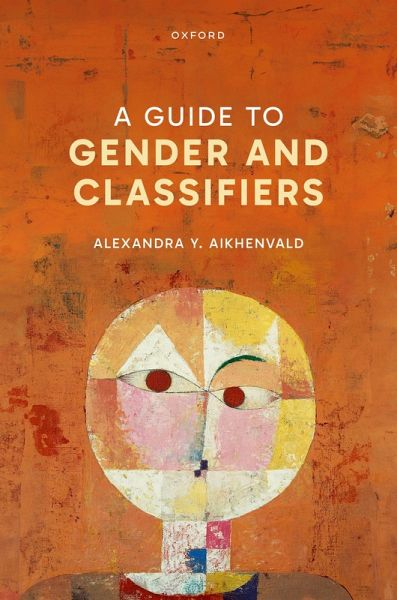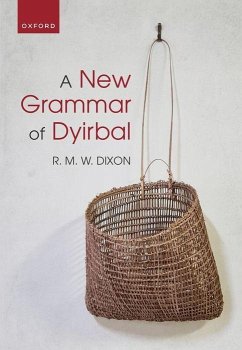
A Guide to Gender and Classifiers
Versandkostenfrei!
Versandfertig in über 4 Wochen
152,99 €
inkl. MwSt.

PAYBACK Punkte
76 °P sammeln!
This book explores the range of noun categorization devices found in the languages of the world, from the numeral classifier systems of Southeast Asia to the highly grammaticalized gender agreement classes in Indo-European languages. It shows how these devices provide unique insights into how people categorize the world through the language.












